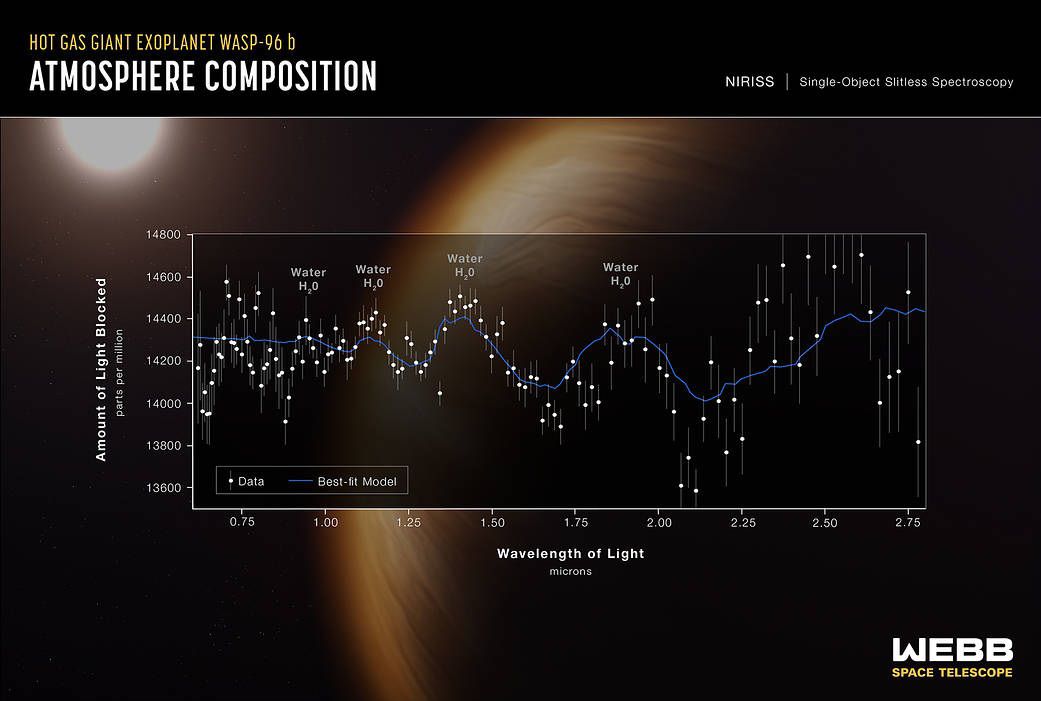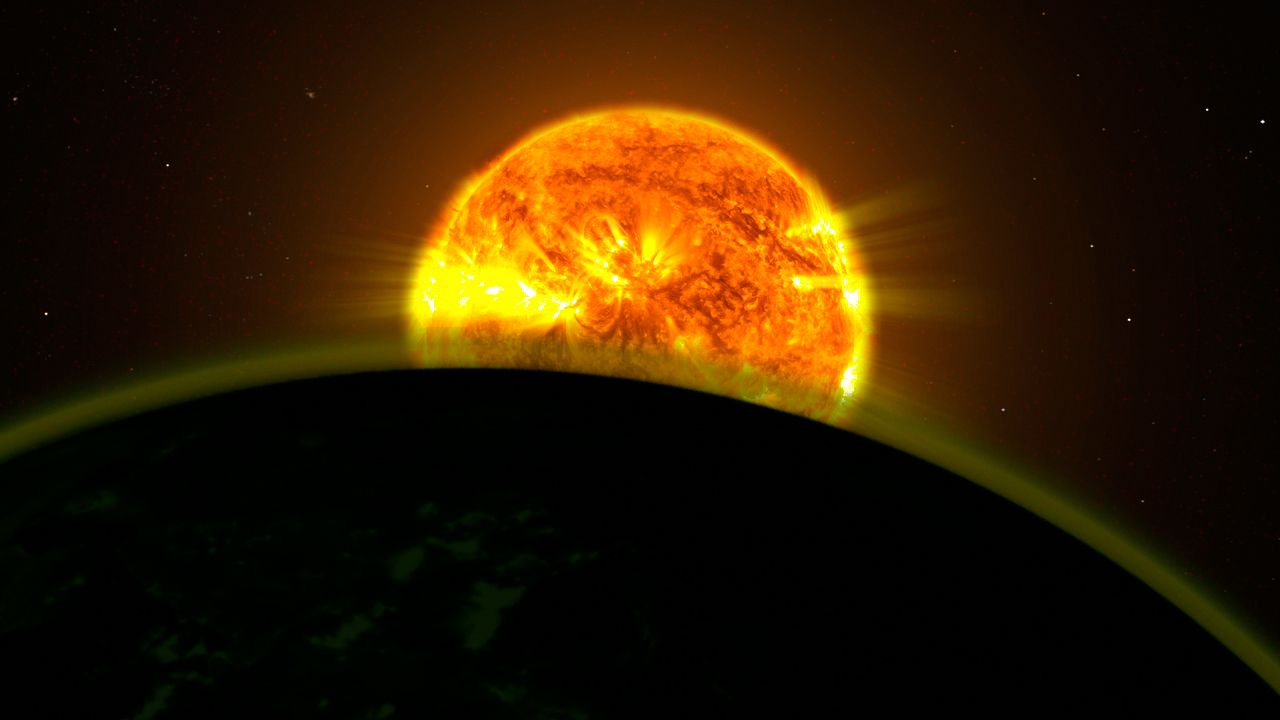As we all know, weather forecasting is not an exact science. It still needs plenty of perfecting here on Earth.
However, scientists are already extending the reach of weather forecasting to areas well outside our solar system.
That's right — forecasting has begun for distant planets far beyond the Milky Way galaxy.
Just recently, NASA started receiving images and new information from the James Webb Space Telescope (JWST). We all saw the images. They were mind-blowing. Earth is just one tiny little speck in the overall vastness of the universe.

To make things more incredible, the Webb telescope captured water signatures from an exoplanet's atmosphere more than 1,000 light-years away. The exoplanet, called WASP-96 b, even had evidence of clouds and a haze, making it very similar to Earth.
WASP-96 b is a massive gas giant about the size of Jupiter. However, because of the close proximity to the sun it orbits, the exoplanet is much hotter than Jupiter. NASA estimates that temperatures on the exoplanet could exceed 1,000 degrees.
Observing atmospheres on different exoplanets is not something new. The Hubble Space Telescope (HST) has been doing it for the past two decades. The difference is the newly launched Webb telescope caught the detection of water in extreme detail.

According to NASA, "Webb’s Near-Infrared Imager and Slitless Spectrograph (NIRISS) measured light from the WASP-96 system for 6.4 hours as the planet moved across the star. The result is a light curve showing the overall dimming of starlight during the transit, and a transmission spectrum revealing the brightness change of individual wavelengths of infrared light between 0.6 and 2.8 microns."
In layman's terms, this spectrum is particularly sensitive to water and other key molecules like oxygen, methane and carbon dioxide. Very much like earth's atmosphere, water vapor is abundant and clearly present on WASP-96 b.
This new finding is just clearing the beginning of what could be a much bigger future. The Webb telescope is still in its infant stage and has plenty scouring to do.
More detailed information and data will lead to more fascinating discoveries.
It's almost guaranteed that the scope of meteorology will extend beyond Earth to distant solar systems and possibly other habitable planets.
Our team of meteorologists dive deep into the science of weather and break down timely weather data and information. To view more weather and climate stories, check out our weather blogs section.



